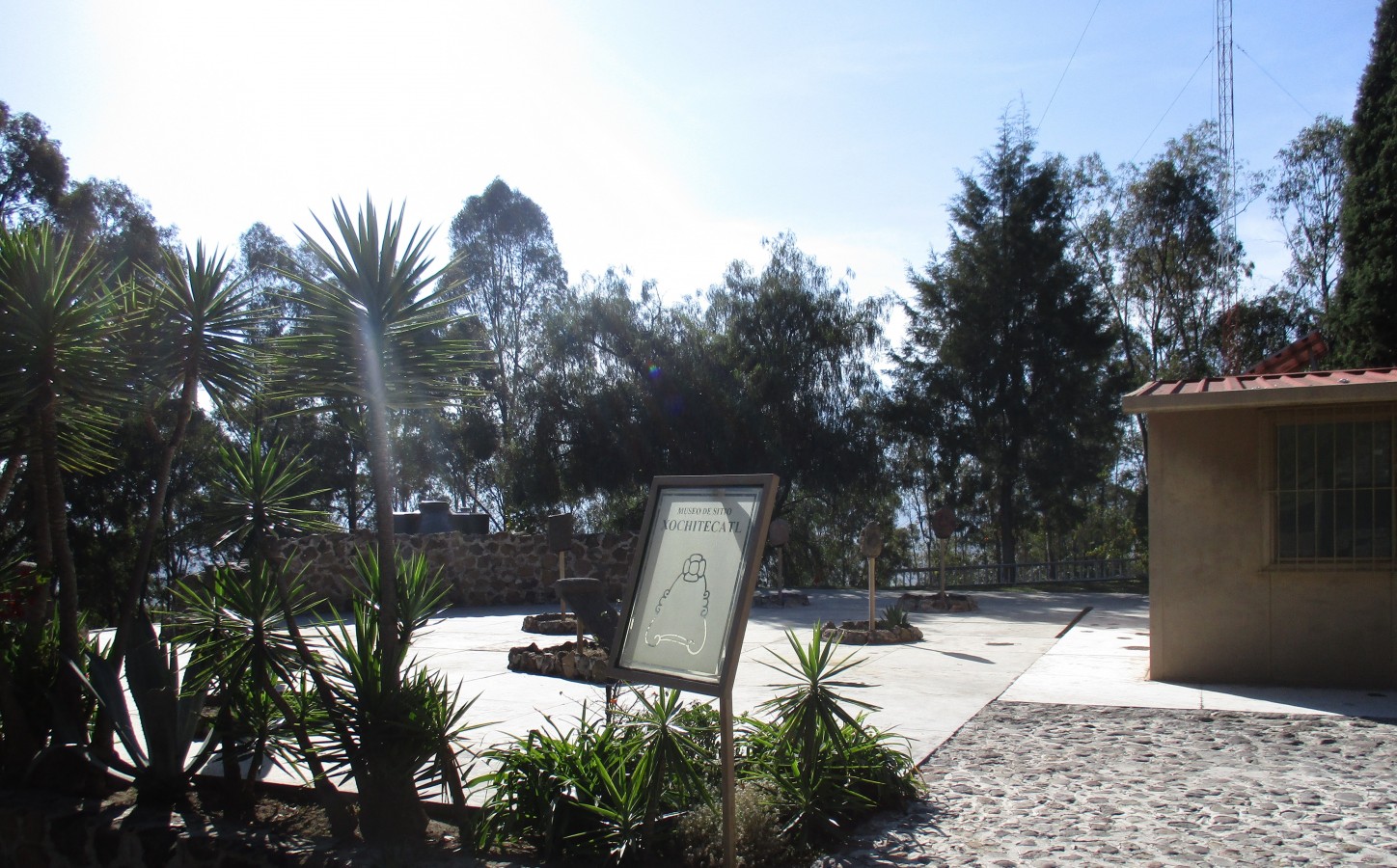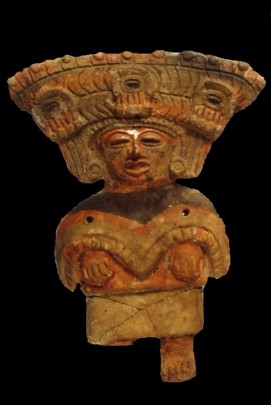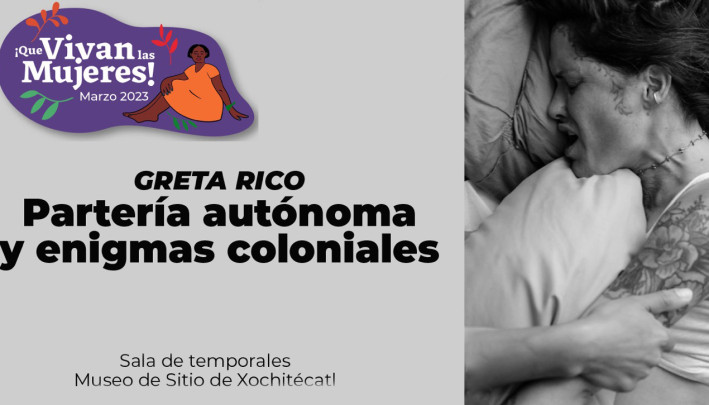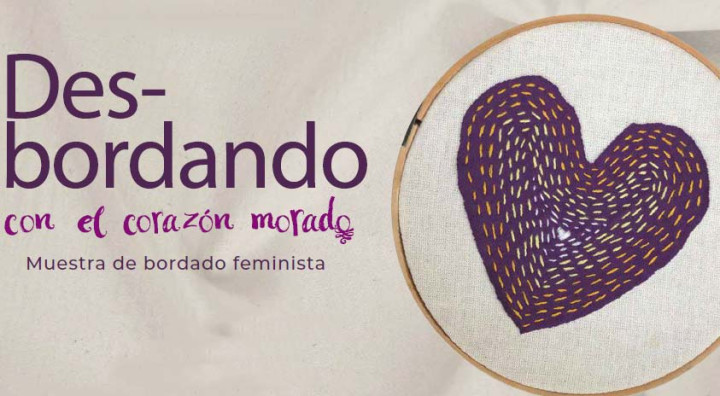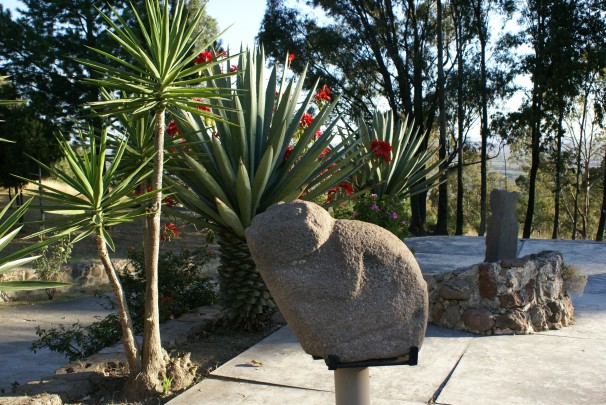Museo de Sitio de Xochitécatl
Since the eighth century BC the ancient Tlaxcalan culture ascribed women preeminent roles as givers of life, wise women and governors. This was exceptional in Mesoamerica. The museum has a multitude of artifacts testifying to the fact: ceramics, ornaments, offerings and utensils.
About the museum
Opened in 1995, the museum’s aim is to conserve and disseminate the archeological discoveries from the 1969-70 excavation season directed by the German archeologist Bodo Spranz, and from the Xochitecatl Project from 1993-94. It displays 343 pieces of which roughly 80% demonstrate and symbolize the importance of women in pre-Columbian Tlaxcalan culture. Xochitecatl itself means “person of the flowers,” someone whose business was with the flowers, who belonged to the flowery lineage. The offering figurines found at Xochitecatl principally represent the female cycle from maternity, birth, child rearing, old age and death, while portraying women holding the important social status of governors or queens of the region, which was not common among pre-Hispanic civilizations of Mesoamerica. It displays pre-Hispanic relics of one the most ancient civilizations which began around 750 BC and lasted up to 950 AD.
The museum is in a single-story building with around 750 square feet divided into two sections. One is in a covered space. It displays everyday vessels, pre-Hispanic incense burners, a variety of utensils, figurines of women, babies in cradles and pregnant women, ornamental objects and components of offerings such as necklaces, knives, green stone plaques and ear flares from the Epiclassic to the Late Preclassic (650-1000). The outdoor section displays pieces of anthropomorphic and zoomorphic carved stone and a few variants of these.
The museum is in a single-story building with around 750 square feet divided into two sections. One is in a covered space. It displays everyday vessels, pre-Hispanic incense burners, a variety of utensils, figurines of women, babies in cradles and pregnant women, ornamental objects and components of offerings such as necklaces, knives, green stone plaques and ear flares from the Epiclassic to the Late Preclassic (650-1000). The outdoor section displays pieces of anthropomorphic and zoomorphic carved stone and a few variants of these.
March 1995
Practical information
Wednesday to Sunday from 10:00 to 17:00. Last entry 16:00 hrs.
Museum included in archeological site entry
Circuito Perimetral Poniente s/n, Comunidad de San Miguel del Milagro, C.P. 90720, Municipio de Nativitas, Tlaxcala, México.
From Mexico City take Federal Highway 150 as far as the exit for San Rafael Tenanyecac (km 99), continue to San Miguel del Milagro and then towards the Cacaxtla Archeological Zone.
Services
-
01 (246) 416 00 00
-
This email address is being protected from spambots. You need JavaScript enabled to view it.
Directory
Encargado
Yajaira Mariana Gómez García
This email address is being protected from spambots. You need JavaScript enabled to view it.
+52 (246) 416 00 00

